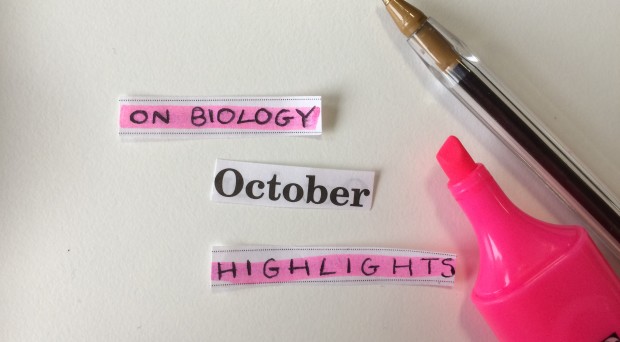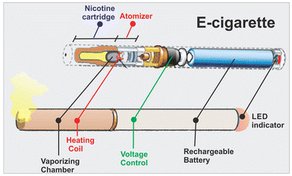
‘Missing links’ in eukaryotic evolution
The great problem with the evolutionary origin of eukaryotes is the absence of intermediates.
In an opinion piece, BMC Biology Editorial Board member Eugene Koonin sets the recent startling discovery of the Lokiarchaea in the context of the complex issues arising in the attempt to fill the gap between bacteria and modern eukaryotes.
Tobacco smoke and the blood-brain barrier

Tobacco smoke is one of the leading causes of preventable deaths worldwide. In addition to well characterized diseases including cancers and cardiovascular disease, epidemiological evidence also suggests that smokers are at risk of developing neurological and neurovascular complications.
In Fluids and Barriers of the CNS, Pooja Naik and Luca Cucullo review our current understanding of the toxicological impact of tobacco smoke on the blood-brain barrier.
Mitochondrial morphology and aging
Mitochondria, the ‘powerhouses of the cell’, generate the energy needed for most cell functions via protein complexes that sit in the dual mitochondrial membranes.
In this review, Werner Kuhlbrant explains how new techniques allow us to take a more detailed look at the elaborate mitochondrial structures, discusses how they are implicated in aging, and highlights some important gaps in our knowledge.
Human microbes in space
 We imagine space to be cold and sterile, but according to Aleksandra Checinska and colleagues, it’s not!
We imagine space to be cold and sterile, but according to Aleksandra Checinska and colleagues, it’s not!
They examined the microbiome of dust particles on the International Space Station in the article published in Microbiome and found microbes associated with human skin cells.
Does cold water immersion help athletes recover?
Many athletes immerse themselves in cold water following their performance in the hope that it will reduce the delayed onset of muscle soreness. But does this actually work?
A review published in Extreme Physiology & Medicine aimed to assess the current knowledge of cold applications for recovery of athletes, with the hope of providing guidelines for those working in the field, such as sports scientists and medical practitioners.
- Happy Easter! Enjoy the sound (and taste) of your chocolate! - 23rd March 2016
- Quiz: Aiming to make rare diseases common knowledge - 29th February 2016
- Quiz: The big end of year On Biology bumper quiz - 23rd December 2015
Comments